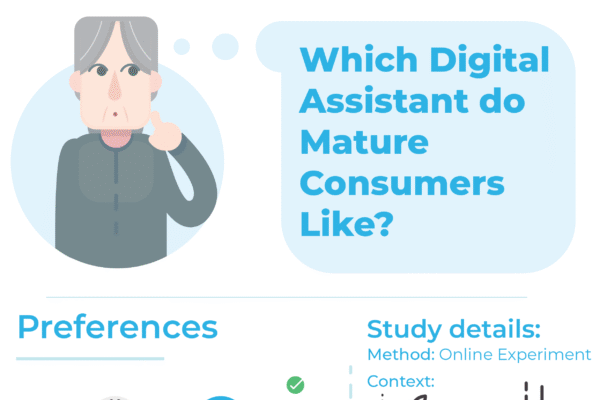Sometimes humanising a product or idea is the best way to help people visualise it. This is where virtual spokes-characters and avatars come in.
Virtual spokes-characters are characters that represent a product or idea[1], like the M&M’s characters or Sid the Seagull. Such characters can help to make the product or idea more meaningful to consumers, and can get messages across in a fun and engaging way without implied judgement[2].
Avatars are virtual representations of the consumer themselves (think characters in online gaming), and are useful for helping consumers try out behaviours virtually, before bringing these behaviours into the real world.
There are a whole host of applications for virtual spokes-characters and avatars, which appear everywhere from corporate campaigns to governmental initiatives and social marketing programs.
Additional Resources:
- [1] Phillips, B., & Lee, W.N. (2005). Interactive animation: Exploring spokes-characters on the internet. Journal of Current Issues and Research in Advertising, 27 (1), 1-17.
- [2] Callcott, M.F., & Lee, W.N. (1995). Establishing the spokes-character in academic inquiry: Historical overview and framework for definition. Advances in Consumer Research , 22, 144-151.
- Video case study: Old Spice
- The Conversation: ‘How brands unleash their inner mascot to win over customers’

